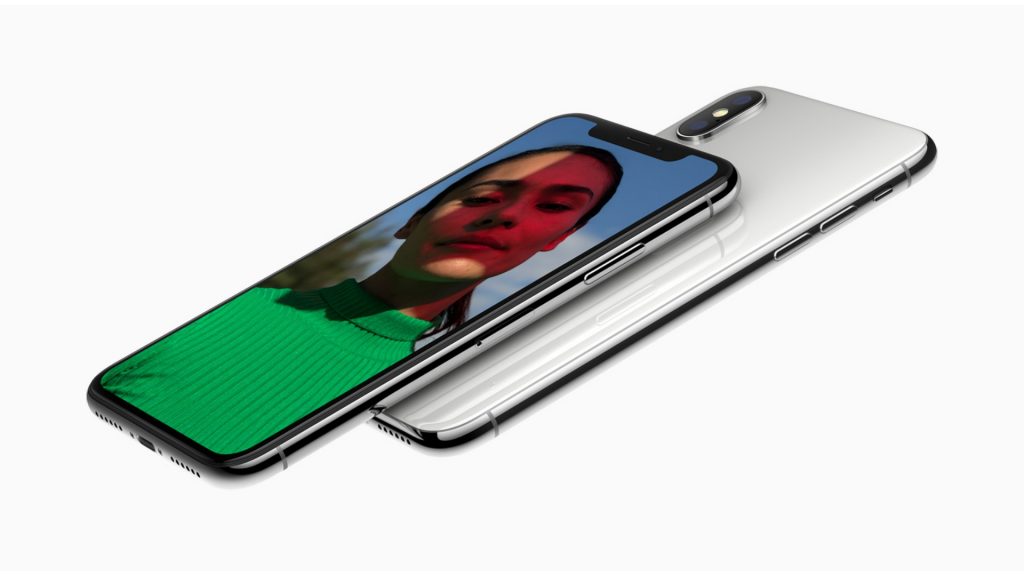Five years is nothing. And is especially so when you look at the world of consumer technology.
Take smartphones for example, which in the space of two decades have gone from candy bar shaped bricks that made calls, to devices so critical to everyday life that not having one could prove detrimental.
With things ramping up every six months, I’ve decided to take a gander at the current innovative tech trying to disrupt the mobile industry, and whether it will be commonplace in the flagship phones we carry around five years from now.
Cast you mind forward then, it’s 2023 and if we’ve done a decent job of not further ruining the planet, your smartphone is likely the most important device in your life, if it isn’t already.
So what will this piece of tech feature?

Finally delivering on foldable displays
For the past few years, there have been routine murmurings that a smartphone maker is looking to develop a foldable display-touting smartphone.
We saw the likes of LG and its Display division make pliable screens that could be rolled up like a newspaper at CES sometime ago, but can they make the next step?
With consumers demanding more screen real estate, as well as interesting form factors, the chances of a smartphone that is all-display (both front and back) are high.
I have no idea what such a device would look like, but an unofficial rendered concept for a Microsoft Surface phone showcases a tablet-esque form factor that can be folded according to the purpose the users needs it for.
Want to read a book? Fold the device in half and swipe on the screen to move between pages. Need to make some calls? Bend it once again to cradle the smartphone in the palm of your hand. Doing some graphic design? Unfurl it to its maximum size and use it like a tablet again.
If smartphone displays have a future, it’s foldable.
https://www.youtube.com/watch?v=K4wEI5zhHB0
Enriching processors with the power of AI
2017 saw a handful of smartphone makers take a look at their mobile chipsets and imbue them with varying degrees of AI functionality.
It worked in some respects, with Google’s Pixel 2 the most promising, and it failed in others, with Huawei’s Mate 10 Pro falling a little flat.
So how would AI have changed mobile processors in the next five years? Well it has very little to do with the CPU itself, and more with the AI functionality that it empowers.
It also requires an ecosystem of applications in order to thrive, along with a digital assistant to knit everything together.
Part of the reason why Google’s smartphone AI is leading the way are the bevy of applications they have developed for it. As such, solutions like Google Lens are leading the charge, by mixing elements of object recognition, Augmented Reality and Artificial Intelligence into one useful application.
The next step is to make these kinds of solutions work natively on the smartphone via the processor.
https://www.youtube.com/watch?v=5k566SwWDlc
OTA charging coming to smartphone batteries
We already have wireless fast charging.
My personal experiences with it are a tad mixed, with my Galaxy S8 utilising a Samsung Charging Pad to get the job done. It yields a short turnaround time when it comes to charging, but also leads to a phone that’s noticeably (and a little worryingly) hot to the touch.
If I had to take an educated guess, it’s the result of the phone and pad physically touching, but WiFi could be the answer to this conundrum. In particular WiFi charging, which has been tested to varying degrees of success back in 2015 on a variety of small devices like IP cameras.
Apple also filed a patent for a WiFi charging solution last year, which means the iPhone may be the first smartphone to sport the technology.
Given humanity’s reliance on WiFi, it’s only a matter of time before we’ll be asking for the wireless password in order to charge our phones.
At least it would bring an end to huddling around power points at the office or airports.
https://www.youtube.com/watch?v=aWfRDfZ5IuM
More and more and more camera lenses
In the world of smartphones, more is more. And the same goes for camera lenses.
For now the industry standard for flagship phones is three, with two on the rear and one up front.
That could change over the next few months already, with Light looking to release a camera next year with nine lenses, and Nokia long-rumoured to have a penta-lens (five) offering in the works.
With an estimated 1.2 billion digital images taken in 2017, 85% of which were snapped by smartphones, it’s clear that the mobile device is the primary choice when trying to capture a moment.
That won’t change in five years, and as such, will likely necessitate smartphone camera setups with more lenses capable of doing a plethora of different things for its user, whether it be wide-angle, monochromatic, large megapixel or standard RGB.
Enjoy two lenses while you can, as we could soon be entering ridiculous territory when it comes to cameras.
https://www.youtube.com/watch?v=12A0VHPl0_Q
One last thing…
And last but not least, how much will these smartphones cost?
We’ve seen a steep rise in recommended retail prices for flagship phones, with it costing a minimum R10k three years ago and now at least R13k today, if not higher.
The 256 GB iPhone X retails for R21 999 (at the time of writing) for example.
In five years we could easily see the first R30 000 device hit shelves, and given consumers appetite for the latest and greatest, the phones will no doubt be snapped up as soon as they are released.

